当前位置:网站首页>Using GPU to train network model
Using GPU to train network model
2022-07-08 01:02:00 【booze-J】
The network model architecture used in this article :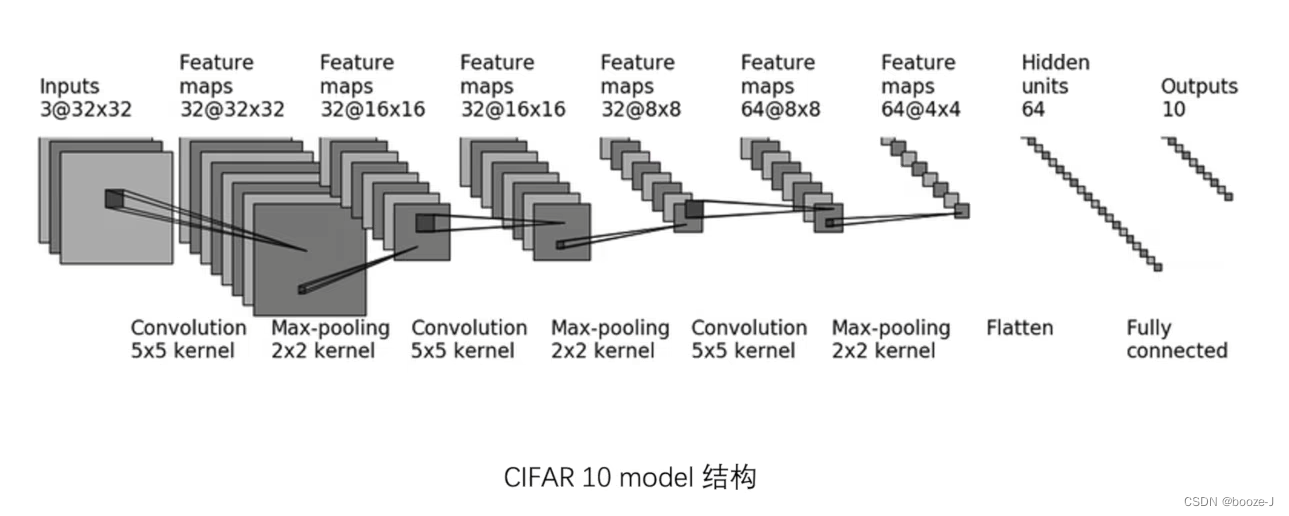
GPU There are two ways to train :
Mode one
Use gpu Training as long as you find : A network model 、 data ( Enter and label )、 The loss function is called again .cuda() that will do .
CPU Training code :
import torch
import torchvision
from torch import nn
from torch.nn import Sequential, Conv2d, MaxPool2d, Flatten, Linear
from torch.utils.data import DataLoader
from torch.utils.tensorboard import SummaryWriter
import time
# Prepare the dataset
train_data = torchvision.datasets.CIFAR10(root='./CIFAR10',train=True,transform=torchvision.transforms.ToTensor(),download=True)
test_data = torchvision.datasets.CIFAR10(root='./CIFAR10',train=False,transform=torchvision.transforms.ToTensor(),download=True)
# length length
train_data_size = len(train_data)
test_data_size = len(test_data)
print(" The length of the training data set is :{}".format(train_data_size))
print(" The length of the test data set is :{}".format(test_data_size))
# utilize dataloader To load the dataset
train_dataloader = DataLoader(train_data,batch_size=64)
test_dataloader = DataLoader(test_data,batch_size=64)
# Create a network model
# Building neural networks ( Open a separate file to store the network model )
class Booze(nn.Module):
def __init__(self):
super(Booze, self).__init__()
self.model = Sequential(
Conv2d(3, 32, 5, padding=2),
MaxPool2d(2),
Conv2d(32, 32, 5, padding=2),
MaxPool2d(2),
Conv2d(32, 64, 5, padding=2),
MaxPool2d(2),
Flatten(),
Linear(1024, 64),
Linear(64, 10)
)
def forward(self,x):
x = self.model(x)
return x
obj = Booze()
# Create a loss function
loss_fn = nn.CrossEntropyLoss()
# Define optimizer
learning_rate = 0.01
optimizer = torch.optim.SGD(obj.parameters(),lr = learning_rate)
# Set some parameters of the training network
# Record the number of workouts
total_train_step=0
# Record the number of tests
total_test_step=0
# Number of training rounds
epoch = 10
# add to tensorboard
writer = SummaryWriter("logs")
start_time = time.time()
for i in range(epoch):
print("------------- The first {} Round of training begins ------------".format(i+1))
# The training steps begin [train()](https://pytorch.org/docs/stable/generated/torch.nn.Module.html#torch.nn.Module.train)
obj.train()
for data in train_dataloader:
imgs,targets = data
outputs = obj(imgs)
# Calculate the loss between the output value and the target value
loss = loss_fn(outputs,targets)
# Optimizer optimization model :
# Use the optimizer to clear the gradient
optimizer.zero_grad()
# A gradient of each parameter node is obtained by back propagation
loss.backward()
optimizer.step()
total_train_step += 1
if total_train_step%100==0:
end_time = time.time()
print(end_time-start_time)
print(" Training times :{},Loss:{}".format(total_train_step,loss.item()))
writer.add_scalar("train_loss",loss.item(),total_train_step)
# The test step begins :
# Note that there is no need to tune the model in the process of testing
obj.eval() # [eval()](https://pytorch.org/docs/stable/generated/torch.nn.Module.html#torch.nn.Module.eval)
total_test_loss = 0
total_accuracy = 0
with torch.no_grad():
for data in test_dataloader:
imgs,targets = data
outputs = obj(imgs)
loss = loss_fn(outputs,targets)
total_test_loss+=loss
accurcay = (outputs.argmax(1)==targets).sum()
total_accuracy+=accurcay
print(" On the overall test set Loss:{}".format(total_test_loss))
print(" Accuracy on the overall test set :{}".format(total_accuracy/test_data_size))
writer.add_scalar("test_accuracy",total_accuracy/test_data_size,total_test_step)
writer.add_scalar('test_loss',total_test_loss,total_test_step)
total_test_step+=1
torch.save(obj,"./model/obj_{}.pth".format(i))
print(" Model saved ")
writer.close()
Code run results :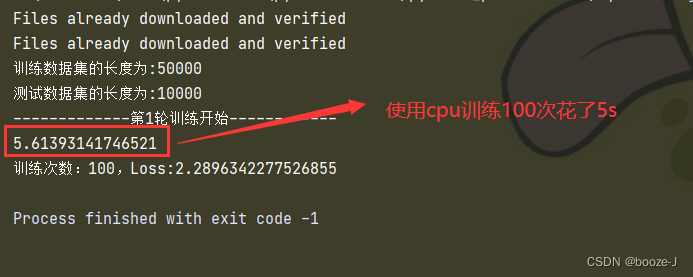
GPU Training code :
import torch
import torchvision
from torch import nn
from torch.nn import Sequential, Conv2d, MaxPool2d, Flatten, Linear
from torch.utils.data import DataLoader
from torch.utils.tensorboard import SummaryWriter
import time
# Prepare the dataset
train_data = torchvision.datasets.CIFAR10(root='./CIFAR10',train=True,transform=torchvision.transforms.ToTensor(),download=True)
test_data = torchvision.datasets.CIFAR10(root='./CIFAR10',train=False,transform=torchvision.transforms.ToTensor(),download=True)
# length length
train_data_size = len(train_data)
test_data_size = len(test_data)
print(" The length of the training data set is :{}".format(train_data_size))
print(" The length of the test data set is :{}".format(test_data_size))
# utilize dataloader To load the dataset
train_dataloader = DataLoader(train_data,batch_size=64)
test_dataloader = DataLoader(test_data,batch_size=64)
# Create a network model
# Building neural networks ( Open a separate file to store the network model )
class Booze(nn.Module):
def __init__(self):
super(Booze, self).__init__()
self.model = Sequential(
Conv2d(3, 32, 5, padding=2),
MaxPool2d(2),
Conv2d(32, 32, 5, padding=2),
MaxPool2d(2),
Conv2d(32, 64, 5, padding=2),
MaxPool2d(2),
Flatten(),
Linear(1024, 64),
Linear(64, 10)
)
def forward(self,x):
x = self.model(x)
return x
obj = Booze()
if torch.cuda.is_available():
# A network model call cuda() Method before returning
obj = obj.cuda()
# Create a loss function
loss_fn = nn.CrossEntropyLoss()
# Judge first cuda May I use , Then you can move over
if torch.cuda.is_available():
# Loss function call cuda() Method before returning
loss_fn = loss_fn.cuda()
# Define optimizer
learning_rate = 0.01
optimizer = torch.optim.SGD(obj.parameters(),lr = learning_rate)
# Set some parameters of the training network
# Record the number of workouts
total_train_step=0
# Record the number of tests
total_test_step=0
# Number of training rounds
epoch = 10
# add to tensorboard
writer = SummaryWriter("logs")
start_time = time.time()
for i in range(epoch):
print("------------- The first {} Round of training begins ------------".format(i+1))
# The training steps begin [train()](https://pytorch.org/docs/stable/generated/torch.nn.Module.html#torch.nn.Module.train)
obj.train()
for data in train_dataloader:
imgs,targets = data
if torch.cuda.is_available():
# data call cuda() Method before returning
imgs = imgs.cuda()
# data call cuda() Method before returning
targets = targets.cuda()
outputs = obj(imgs)
# Calculate the loss between the output value and the target value
loss = loss_fn(outputs,targets)
# Optimizer optimization model :
# Use the optimizer to clear the gradient
optimizer.zero_grad()
# A gradient of each parameter node is obtained by back propagation
loss.backward()
optimizer.step()
total_train_step += 1
if total_train_step%100==0:
end_time = time.time()
print(end_time-start_time)
print(" Training times :{},Loss:{}".format(total_train_step,loss.item()))
writer.add_scalar("train_loss",loss.item(),total_train_step)
# The test step begins :
# Note that there is no need to tune the model in the process of testing
obj.eval() # [eval()](https://pytorch.org/docs/stable/generated/torch.nn.Module.html#torch.nn.Module.eval)
total_test_loss = 0
total_accuracy = 0
with torch.no_grad():
for data in test_dataloader:
imgs,targets = data
if torch.cuda.is_available():
# data call cuda() Method before returning
imgs = imgs.cuda()
# data call cuda() Method before returning
targets = targets.cuda()
outputs = obj(imgs)
loss = loss_fn(outputs,targets)
total_test_loss+=loss
accurcay = (outputs.argmax(1)==targets).sum()
total_accuracy+=accurcay
print(" On the overall test set Loss:{}".format(total_test_loss))
print(" Accuracy on the overall test set :{}".format(total_accuracy/test_data_size))
writer.add_scalar("test_accuracy",total_accuracy/test_data_size,total_test_step)
writer.add_scalar('test_loss',total_test_loss,total_test_step)
total_test_step+=1
torch.save(obj,"./model/obj_{}.pth".format(i))
print(" Model saved ")
writer.close()
Code run results :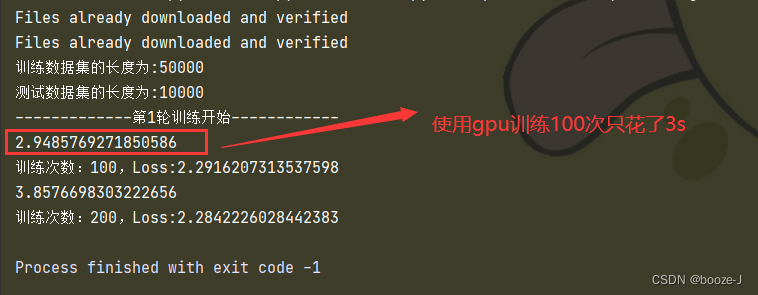
Compared with CPU Training code ,GPU The training code has made the following changes .
CPU Network model in
# Creating neural networks
obj = Booze()
GPU Network model in
obj = Booze()
# Judge first cuda May I use , Then you can move over
if torch.cuda.is_available():
# A network model call cuda() Method before returning
obj = obj.cuda()
CPU Loss function in
# Create a loss function
loss_fn = nn.CrossEntropyLoss()
GPU Loss function in
# Create a loss function
loss_fn = nn.CrossEntropyLoss()
# Judge first cuda May I use , Then you can move over
if torch.cuda.is_available():
# Loss function call cuda() Method before returning
loss_fn = loss_fn.cuda()
CPU Data in
imgs,targets = data
GPU Data in
imgs,targets = data
if torch.cuda.is_available():
# data call cuda() Method before returning
imgs = imgs.cuda()
# data call cuda() Method before returning
targets = targets.cuda()
in addition , Some notebooks may not have a graphics card , Then I want to experience the pleasure of graphics card , In fact, there are also some online graphics cards that can be used , Like Google's colab You can also use a graphics card online GPU Training .
Mode two
Use gpu Training as long as you find : A network model 、 data ( Enter and label )、 The loss function is called again .to(device) that will do .
The premise is to define device
for example :
# Use CPU Training
device = torch.device("cpu")
# Use GPU Training
device = torch.device("cuda")
# If there are multiple graphics cards , Use the first graphics card for training
device = torch.device("cuda:0")
# If there are multiple graphics cards , Use the second graphics card for training
device = torch.device("cuda:1")
# if cuda Use if available GPU Training , Otherwise use cpu Train as equipment
device = torch.device("cuda" if torch.cuda.is_available() else "cpu")
After defining device After that, as long as the network model 、 data ( Enter and label )、 Loss function call .to(device) that will do
Compared with CPU Training code ,GPU The training code has made the following changes .
CPU Network model in
# Creating neural networks
obj = Booze()
GPU Network model in
obj = Booze()
# call .to(device) Method
obj = obj.to(device)
CPU Loss function in
# Create a loss function
loss_fn = nn.CrossEntropyLoss()
GPU Loss function in
# Create a loss function
loss_fn = nn.CrossEntropyLoss()
# call .to(device) Method
loss_fn = loss_fn.to(device)
CPU Data in
imgs,targets = data
GPU Data in
imgs,targets = data
# call .to(device) Method
imgs = imgs.to(device)
targets = targets.to(device)
边栏推荐
- 6.Dropout应用
- 国内首次,3位清华姚班本科生斩获STOC最佳学生论文奖
- Interface test advanced interface script use - apipost (pre / post execution script)
- 【深度学习】AI一键换天
- 9.卷积神经网络介绍
- 跨模态语义关联对齐检索-图像文本匹配(Image-Text Matching)
- 【笔记】常见组合滤波电路
- Swift get URL parameters
- Su embedded training - C language programming practice (implementation of address book)
- 13.模型的保存和载入
猜你喜欢
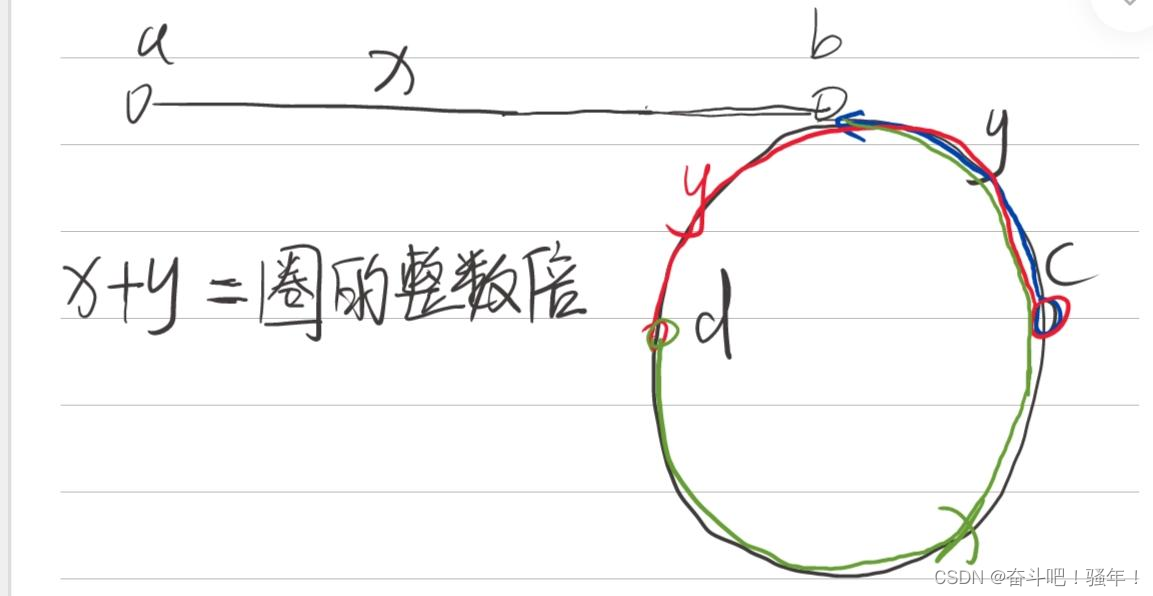
Lecture 1: the entry node of the link in the linked list

Fofa attack and defense challenge record
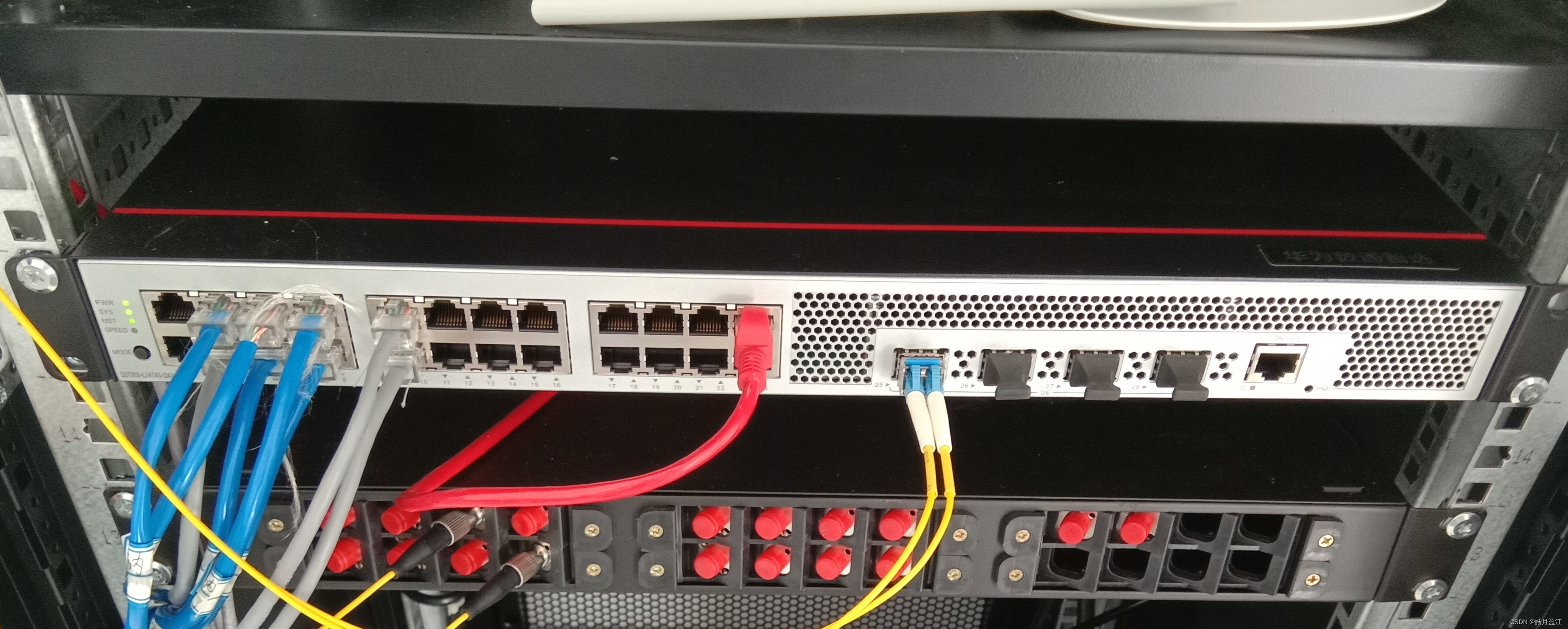
Huawei switch s5735s-l24t4s-qa2 cannot be remotely accessed by telnet
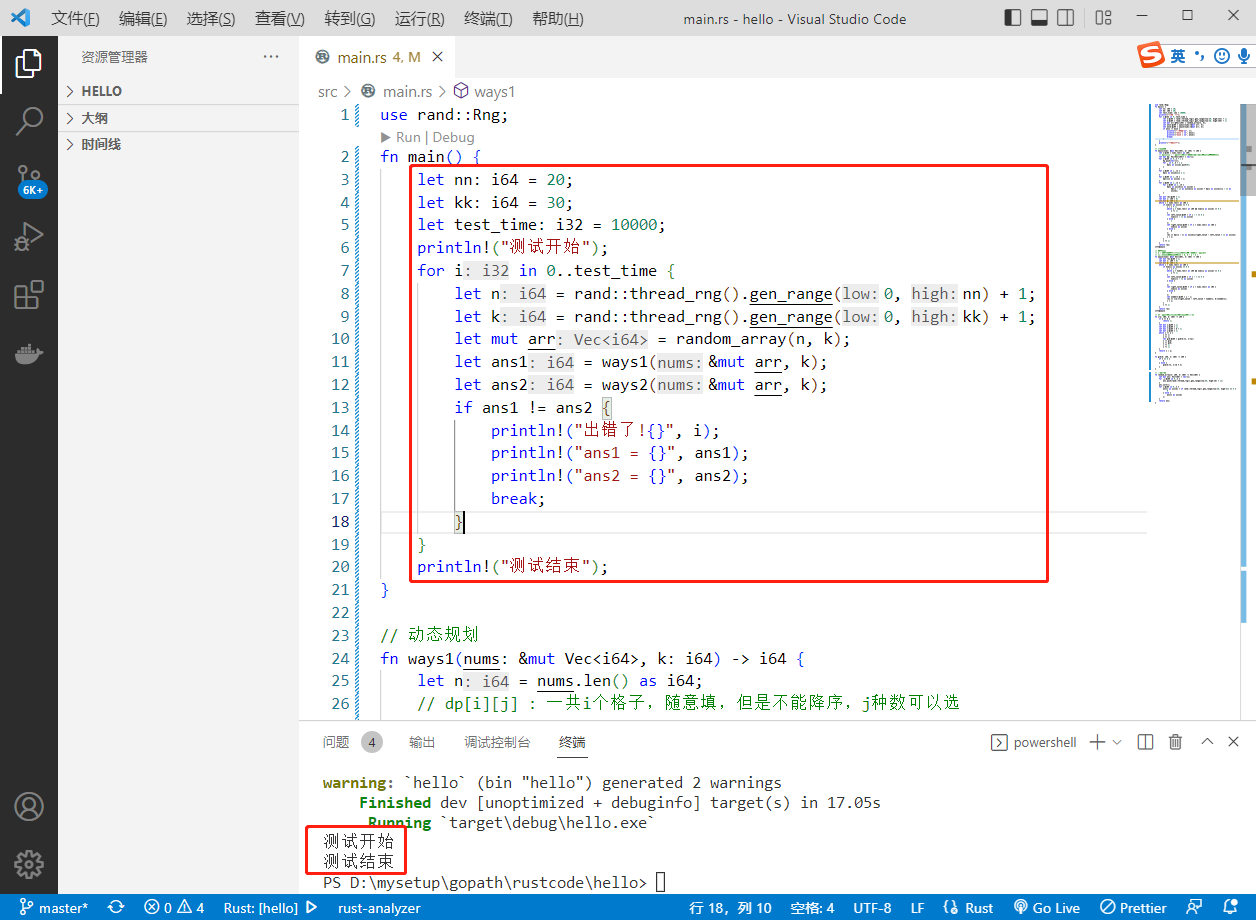
2022-07-07: the original array is a monotonic array with numbers greater than 0 and less than or equal to K. there may be equal numbers in it, and the overall trend is increasing. However, the number
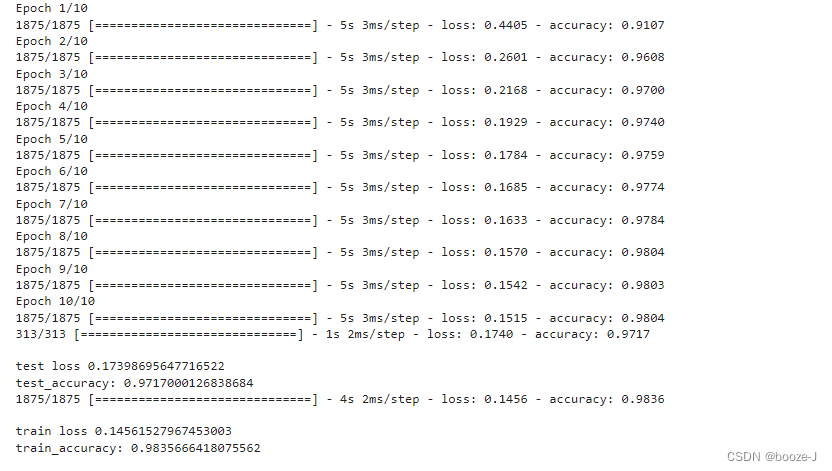
7. Regularization application

ThinkPHP kernel work order system source code commercial open source version multi user + multi customer service + SMS + email notification
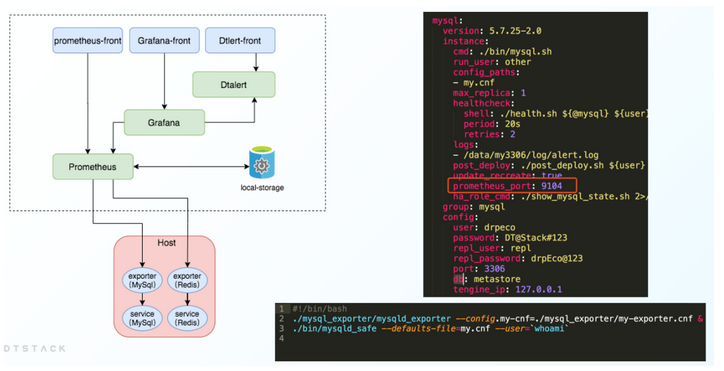
Where is the big data open source project, one-stop fully automated full life cycle operation and maintenance steward Chengying (background)?
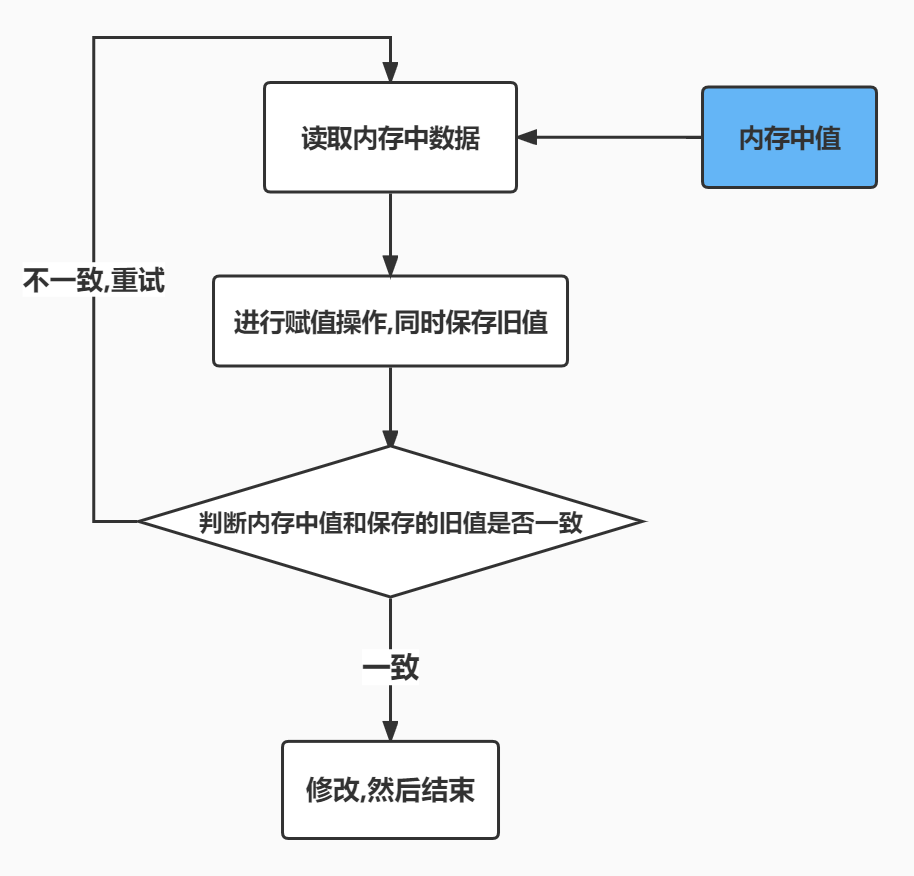
Reentrantlock fair lock source code Chapter 0
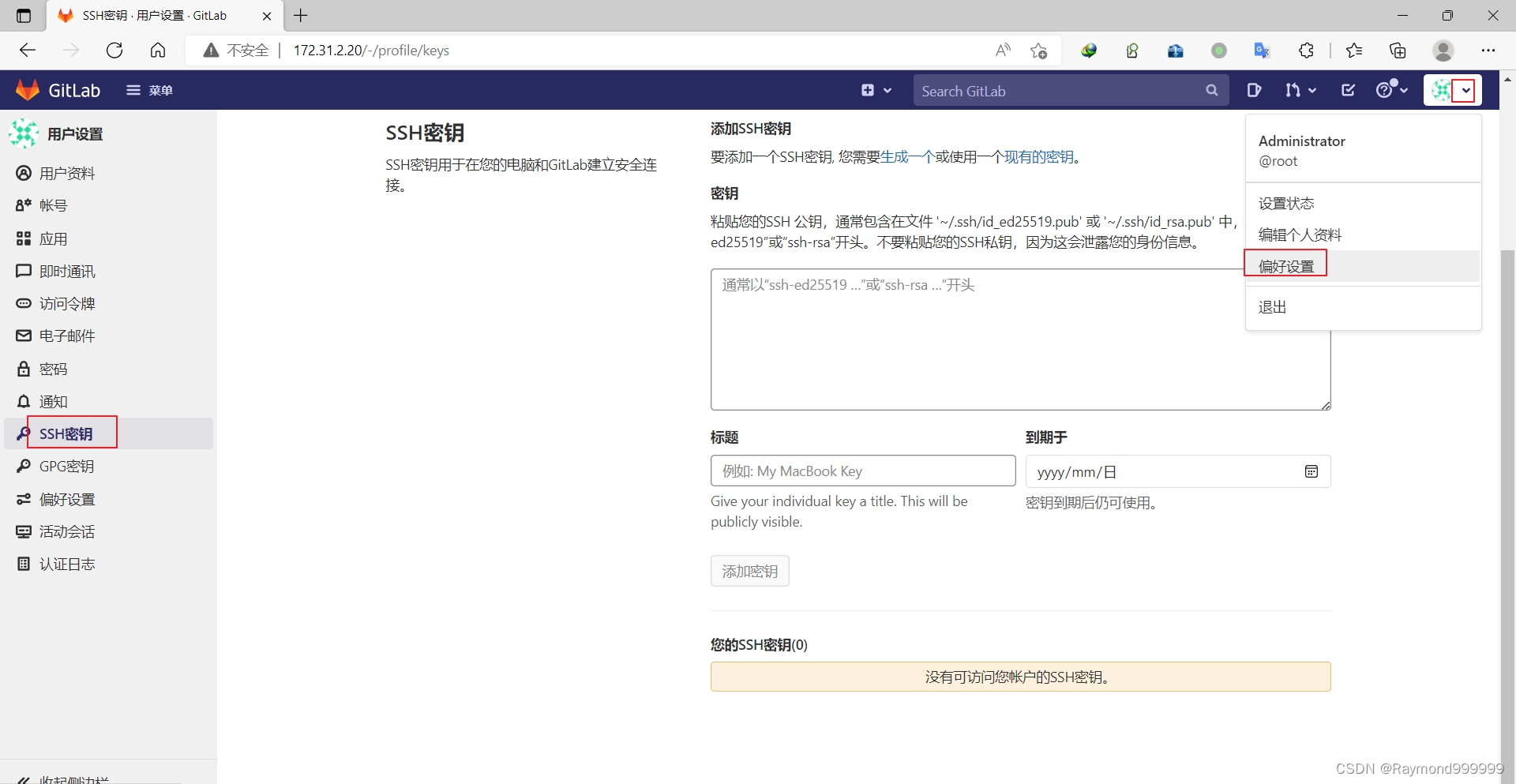
Y59. Chapter III kubernetes from entry to proficiency - continuous integration and deployment (III, II)
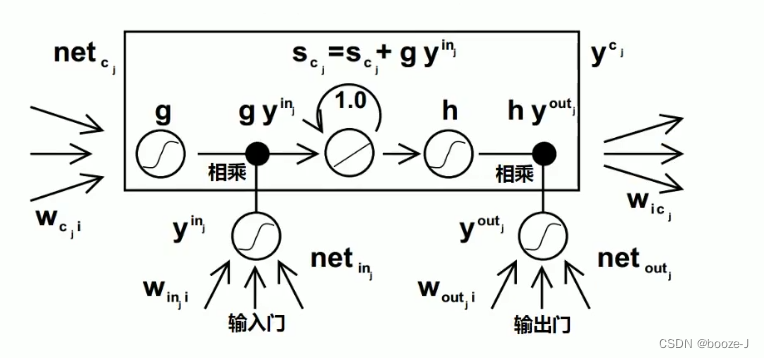
11.递归神经网络RNN
随机推荐
丸子官网小程序配置教程来了(附详细步骤)
Y59. Chapter III kubernetes from entry to proficiency - continuous integration and deployment (III, II)
Hotel
NTT template for Tourism
牛客基础语法必刷100题之基本类型
跨模态语义关联对齐检索-图像文本匹配(Image-Text Matching)
13.模型的保存和载入
8道经典C语言指针笔试题解析
Binder core API
接口测试进阶接口脚本使用—apipost(预/后执行脚本)
Service Mesh的基本模式
They gathered at the 2022 ecug con just for "China's technological power"
1293_ Implementation analysis of xtask resumeall() interface in FreeRTOS
New library launched | cnopendata China Time-honored enterprise directory
1.线性回归
130. Zones environnantes
[necessary for R & D personnel] how to make your own dataset and display it.
Fundamentals - integrating third-party technology
C#中string用法
What does interface testing test?